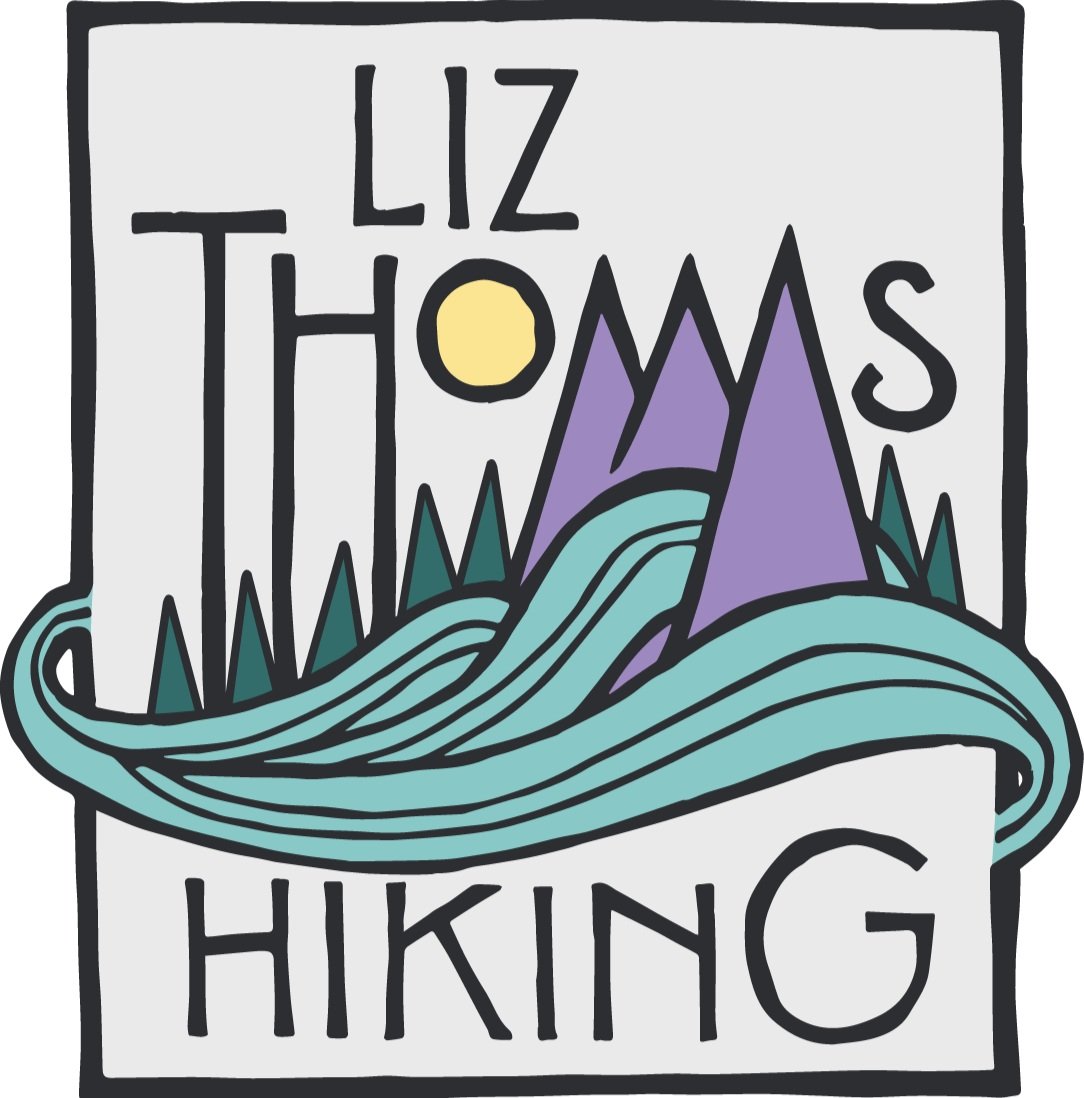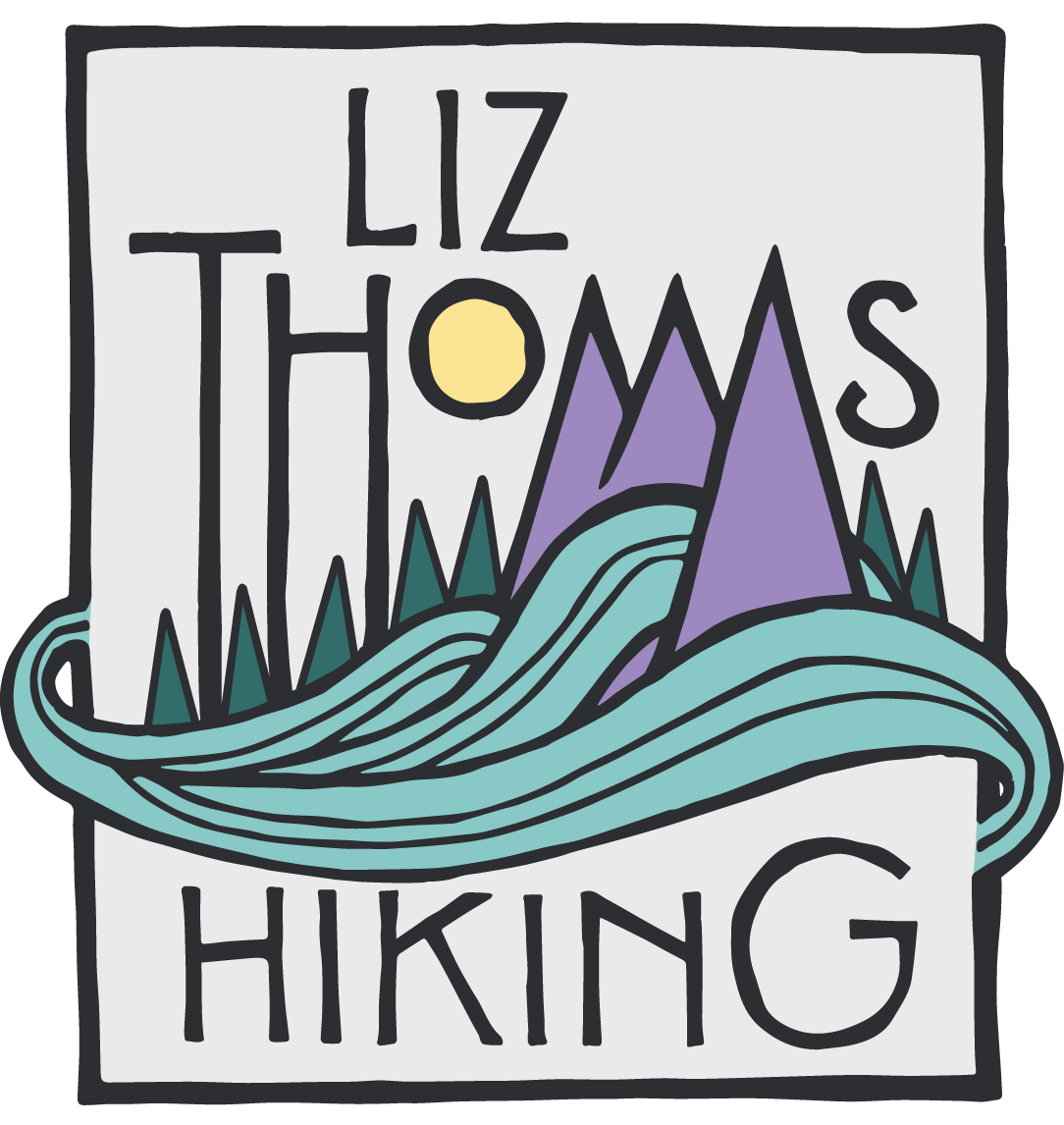Where do you fall on the Camping-Hiking Spectrum?
23
May, 2018
Camping Hiking Gear
Choose your backpacking gear based on how you spend time outdoors. Are you camping or hiking? Gear guru Glen Van Peski explains with the Camping-Hiking Spectrum.
Backpacking stops being fun when we don’t have the right gear for our kind of trip. By finding where you and your trips fall on the spectrum, you can maximize happiness on whatever trip you take. To tailor gear for your trip, choose gear based on the Camping-Hiking Spectrum. Where you fit will depend on your goals, the terrain of the trip, weather/climate, the size of the party, and your skills and experience level.
If you plan to hike a few miles, sit by a lake, fish, play guitar, hang out, and cook over a campfire, then you are on the camping side of the spectrum (aka Camping-Backpacking Extreme). You’re going to want gear that will make you comfortable where you are spending most of your time: in camp. This may include so-called “luxury items” like a lightweight camp chair, a guitar, an ultralight fishing pole, a full cookware set, and a bigger puffy jacket to keep you warm while you aren’t moving. Sure, it may be a bit unwieldy to walk with some of the bulkier items. But when you’re walking fewer hours than you’re staying present in camp, the math works out.
Ask yourself what does a day of
backpacking look like to you?
The Camping-Backpacking extreme end of the spectrum will still have you carrying lighter gear than if you packed up your car camping stuff. But its goal is to create a backpacking trip with the luxuries you expect from car camping (like a titanium French Press!). If you’re Camping-Backpacking, you’re still going to have to do without some things (e.g., the car-camping essential, the Coleman propane two-burner stove and the easy access to your cooler of beer). Camping-Backpacking is what most people think about when they think “backpacking.” That’s one reason why people think of backpacking as, well, back breaking work. But it is a system that is suited to an end goal: hanging out away from civilization.
Hikers enjoy a small backpacking campfire
Photograph by Barefoot Jake courtesy Gossamer Gear
Top: Different camping set ups (Olympic National Park courtesy Gossamer Gear)
Bottom: Camping in the Colorado Flatheads
The other end of the extreme is the Hike-All-Day-Extreme category. If you plan to get up, hike all day with few breaks, throw your sleeping bag down, drink some Maltodextrin Insta-drinkable Food-Like Item, and pass out, then you are on the other far end of the hiking spectrum. You’re going to want gear that will make you comfortable where you are spending most of your time: walking on trail. This is gear that will make walking all day easier—a light pack, comfy shoes, hiking poles, maybe an umbrella to block out the sun and rain. Sure, you may be cold hanging around in camp, but you’re probably in your sleeping bag almost immediately after you stop walking, right?
Most thru-hikers fall close to the end of the hiking spectrum. Most Pacific Crest Trail hikers and especially Continental Divide Trail hikers find they need to be walking most of the day, most of the days that they are outdoors, in order to obtain their goal before the weather window closes (aka, it starts snowing and they can’t really keep traveling in the mountains safely). But there are other thru-hikes–especially shorter thru-hikes–that don’t require backpackers to be on the extreme end of the spectrum (the hike-all-day-hiker). The Camino de Santiago pilgrimage is probably the most obvious, but the Tahoe Rim Trail, or even the Appalachian Trail are frequently backpacked more on the camping spectrum.
You don’t have to be a thru-hiker to be on the hike-all-day end of the spectrum, either. Glen Van Peski takes his ultralight system out backpacking for long weekend trips where the goal is exploration and seeing as many things as possible. Of course, the perfect gear for your trip isn’t the secret to make the most of your trip. No matter what kind of trip you take, knowing how to use your gear in all kinds of situations is the way to safely and responsibly enjoy the outdoors.










